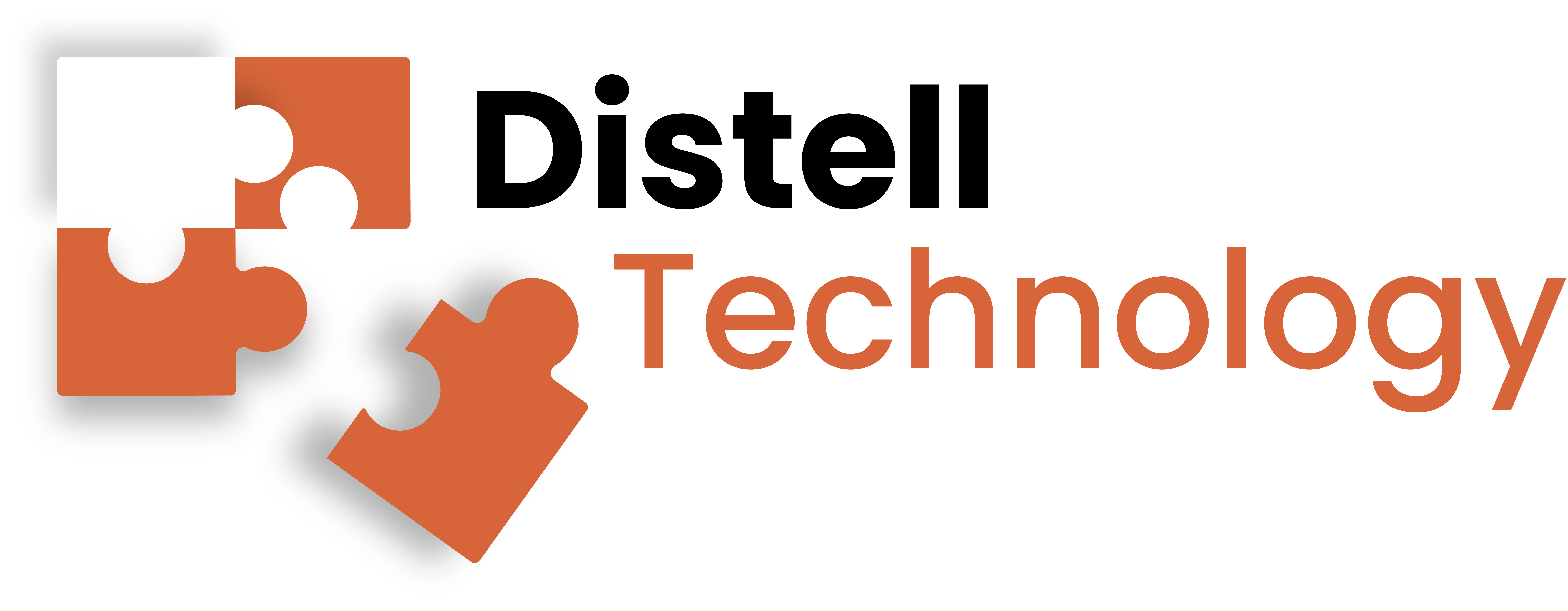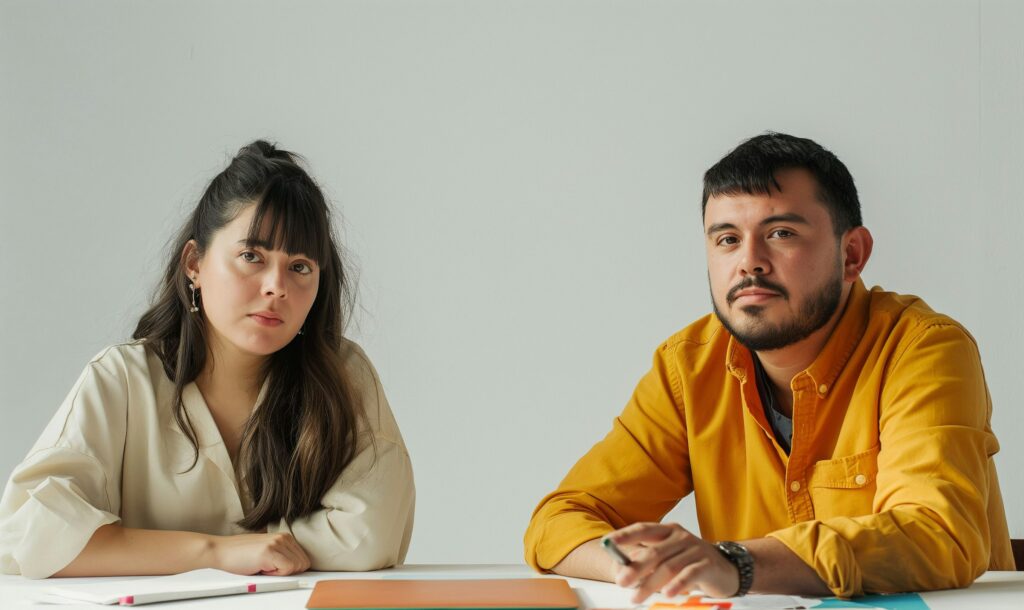Applying for Prior Learning in Construction in Australia
Step-by-Step Guide to Applying for Prior Learning in Construction in Australia Have you worked for years in the construction industry, but don’t have any paper to prove it? Well, Prior Learning may just be what you’re after! Prior Learning Recognition is a process that has been established to check on your various skills and knowledge that you’ve gained through work experience, training, or other forms of informal learning. This is done to grant nationally recognized qualifications without forcing you to attend classes for many years. If you’re ready to take your construction career to the next level, here’s a step-by-step guide to applying for RPL in construction in Australia. Step 1: Understand What Prior Learning Is First things first—what is RPL? In simple terms, Recognition of Prior Learning is about converting your work experience and skills into formal qualifications. For the construction industry, this may include certificates like: RPL is ideal for construction workers, builders, site supervisors, and tradespeople who have been on the field working hands-on but never had a chance to get a formal qualification. Step 2: Choose the Right Qualification After this, consider which qualification best fits your needs, experience, and career aspiration. Are you a carpenter wanting to formalize your trade? Or perhaps you are managing construction projects and seeking recognition as a builder? Invest time into research, investigating what qualifications exist and the entrance requirements for each. For the most part, Australian RTOs have well-developed websites that detail their offerings. Explore your options before proceeding. Step 3: Find an RTO Offering RPL in Construction Not all training providers offer RPL services, so it’s important to find a reputable RTO that specialises in construction qualifications. Look for one that: You are welcome to look at reviews or contact the RTO directly to ask questions. A good provider will talk through the process with you and help you determine if the RPL is right for you. Step 4: Gather Your Evidence This is one of the biggest steps of the RPL process! In order to prove your experience and skills, you will need to have evidence to back it up. Here’s what you may need: Tip: The more detailed your evidence, the stronger your application will be. Step 5: Submit Your Application Once your evidence is ready, you will need to lodge your RPL application with the RTO of your choice. Some will have online application portals, while others may want you to send the documents via email or post. Your assessor will check your application for sufficiency of evidence. Anything missing will be informed to you with an opportunity to add more evidence. Step 6: Engage in the Assessment Process After you have applied, you will be required to undergo an assessment. This may involve: The assessment is meant to assure that you meet the prescribed competency standards for the qualification you are seeking. Step 7: Receive Your Qualification If your assessor is satisfied with your evidence and performance, congratulations! ???? You’ll receive your nationally recognised qualification. This is a huge milestone and opens up new opportunities in the construction industry. Why Apply for RPL in Construction? Still on the fence? Here are some key benefits of RPL: Frequently Asked Questions About RPL in Construction 1. How long does the RPL process take? The time frame varies, but most RPL applications are processed within 4–6 weeks, provided you submit all necessary evidence. 2. Can I apply for multiple qualifications through RPL? Yes! If your experience aligns with the requirements of multiple qualifications, you can apply for more than one. 3. How much does RPL cost? Costs depend on the RTO and the qualification. Prices typically range from $1,000 to $3,500. 4. Do I need to attend classes or exams for RPL? No classes are required! The process is totally based on your skills and experience. However, you might be required to demonstrate your abilities in practical assessments. Take the First Step Today! RPL is one of the great ways to formalize your skills and take your construction career to the next level. Whether it’s for a promotion, license, or just that little confidence boost, it is worth it to go through the RPL process. Ready to get started? Consult Distell Technology to learn more.









